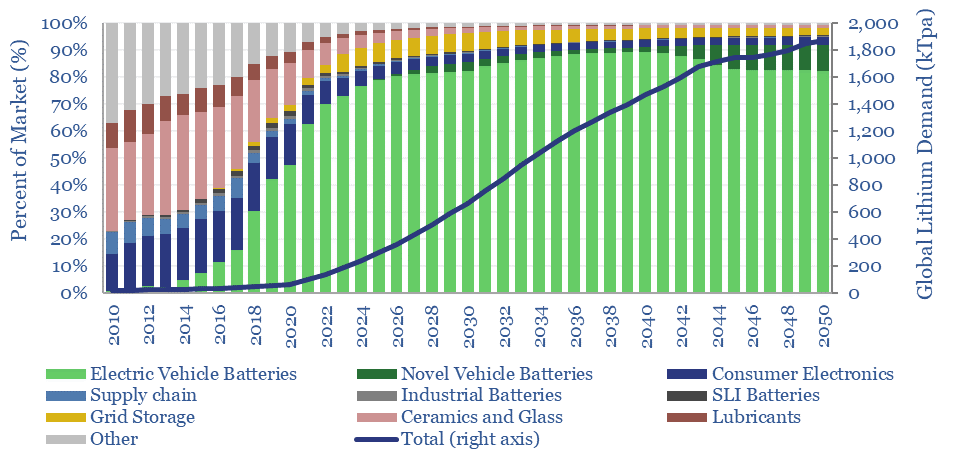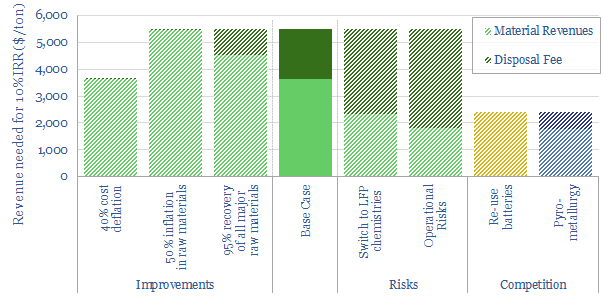Search results for: “small scale LNG”
-
Companies buying nature-based carbon offsets?

Over 35 leading companies are purchasing nature-based carbon offsets, to offset their CO2 emissions. Appetite is accelerating, especially in hard-to-abate sectors. 60% of the projects are reforestation projects, 70% are undertaken indirectly through partners, of which 95% are verified by third-parties.
-
Energy economics: an overview?
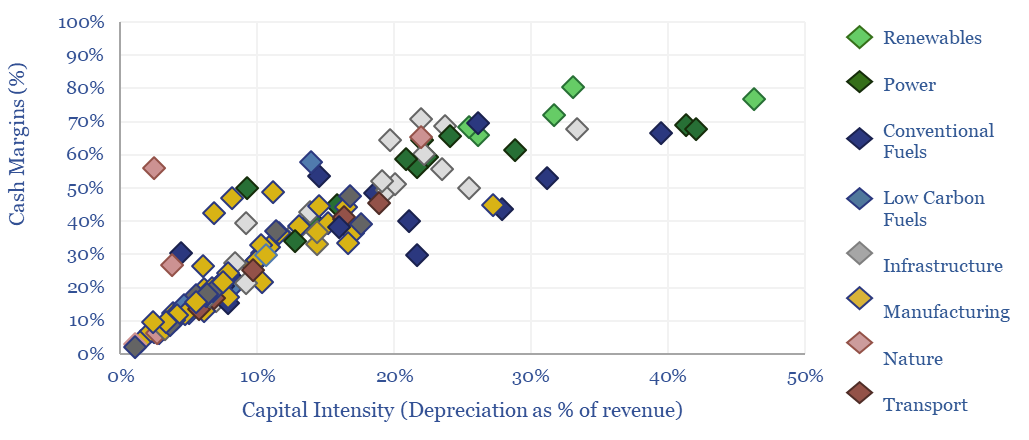
This data-file provides an overview of energy economics, across 175 different economic models constructed by Thunder Said Energy, in order to put numbers in context. This helps to compare marginal costs, capex costs, energy intensity, interest rate sensitivity, and other key parameters that matter in the energy transition.
-
Emerging technologies: can you spot a fraud from patents?
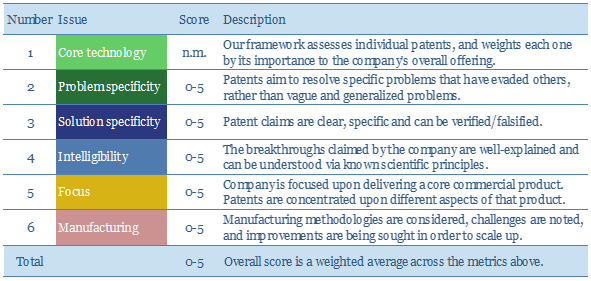
This 11-page note looks back at 175 patents filed by Theranos, which promised a world-changing medical testing technology, but ultimately turned out to be a fraud. The analysis has helped us create a new framework, which we will be using to assess technologies in the energy transition.
-
Green hydrogen electrolysers in Europe: a database?
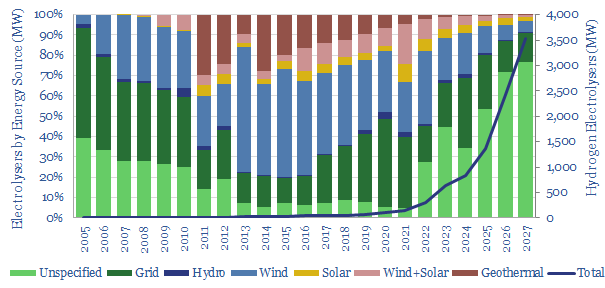
This data-file derives conclusions into green hydrogen electrolysers in Europe, based on c240 distinct projects. The market is shifting away from smaller alkaline electrolyers to super-giant PEMs and SOECs. Key controversies are visibly emerging around power sources and hydrogen uses.
-
Combined heat and power turbines: market sizing?
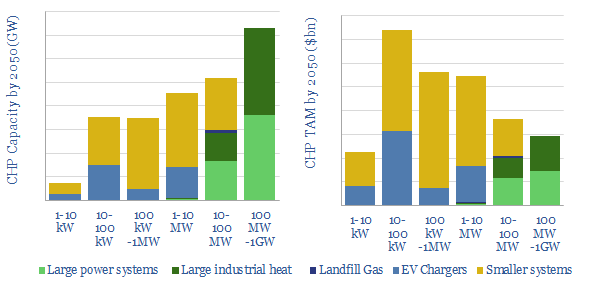
The purpose of this data-file is to ballpark the ultimate potential market size for combined heat and power systems in the US (CHPs). Our build-up looks across five main categories: large power facilities, large industrial heating facilities, landfill gas, electric vehicle charging and smaller-scale commercial and multi-family usage.
-
Solar inverters: companies, products and costs?
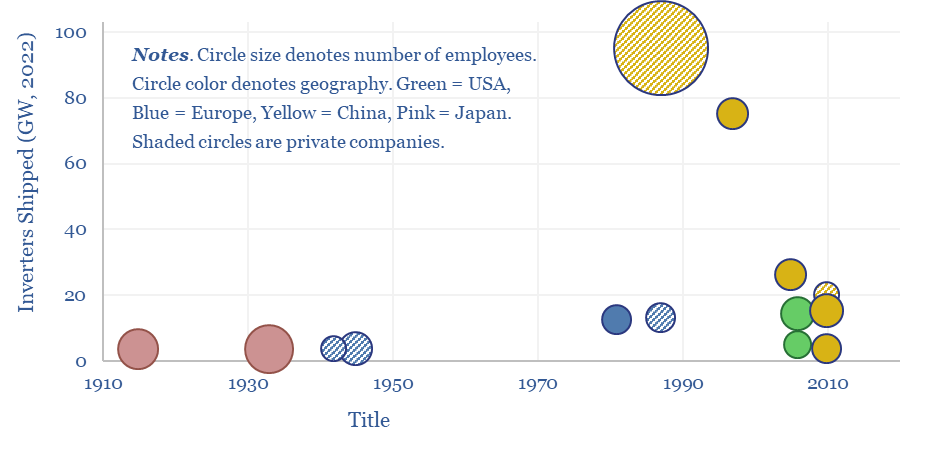
This data-file tracks some of the leading solar inverter companies and inverter costs, efficiency and power electronic properties. As China now supplies 85% of all global inverters, at 30-50% lower $/W pricing than Western companies, a key question explored in the data-file is around price versus quality.
-
Ammonia: production costs and energy economics?

This data-file captures ammonia production costs and energy economics, starting from inputs of hydrogen and nitrogen, using the Haber process. Our base case is $450/ton NH3 and 2.4 tons/ton CO2 intensity. This matters as fertilizer production thus explains over 1% of global emissions.
-
Carbon fiber: energy economics?
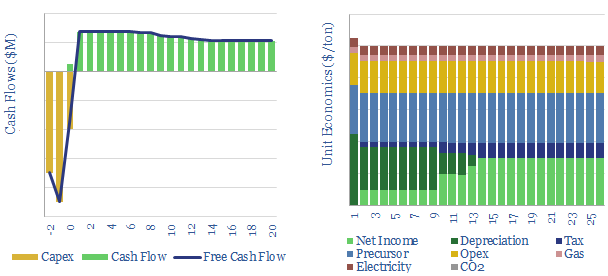
Carbon fiber production costs are estimated at $25/kg in this data-file, in order to generate a 10% IRR at a new world-scale carbon fiber plant. Energy economics are broken down across the value chain. The production process will likely emit 30 tons of CO2 per ton of carbon fiber if powered by a mixture of…
Content by Category
- Batteries (89)
- Biofuels (44)
- Carbon Intensity (49)
- CCS (63)
- CO2 Removals (9)
- Coal (38)
- Company Diligence (95)
- Data Models (840)
- Decarbonization (160)
- Demand (110)
- Digital (60)
- Downstream (44)
- Economic Model (205)
- Energy Efficiency (75)
- Hydrogen (63)
- Industry Data (279)
- LNG (48)
- Materials (82)
- Metals (80)
- Midstream (43)
- Natural Gas (149)
- Nature (76)
- Nuclear (23)
- Oil (164)
- Patents (38)
- Plastics (44)
- Power Grids (130)
- Renewables (149)
- Screen (117)
- Semiconductors (32)
- Shale (51)
- Solar (68)
- Supply-Demand (45)
- Vehicles (90)
- Wind (44)
- Written Research (354)
